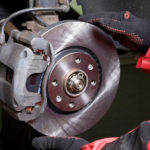Ferodo explains how to indentify, solve and avoid noisy brakes.
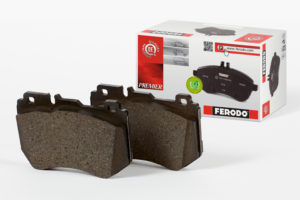
While behind the wheel of a car a driver should feel a sense of tranquility and calm; a relaxed place to be. No driver wants that harmony spoilt by an irritating noise, be it from the driveline, radio or passenger seat. Despite this, brake noise is a common problem that many people learn to live with rather than fix, and it’s completely unnecessary.
Buyers of new cars now have expectations of lower NVH (Noise Vibration & Harshness) levels than ever before, and there is no reason for this to be compromised as vehicles become older and service items, such as brakes, are replaced.
One of the main reasons for a driver to visit a workshop is brake noise, and this often translates into ongoing customer dissatisfaction. The cause of brake noise can be irksome for the driver and also the mechanic; often a complex issue to diagnose and tricky to solve. However, there are some very simple steps to follow that will help ensure brakes are not only in good, serviceable condition, but operate quietly and efficiently.
How to identify brake noise
A range of diagnosable brake noises exist, which are all typically caused by vibrations between the wheel end section of the vehicle: between the tyres and connection to the chassis. Although the brake pad is often blamed, vibration can originate in a range of parts, from wheel bearing to ball joint.
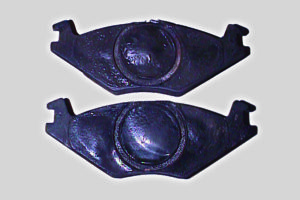
It’s not unexpected to experience vibrations within the brake system, but frequency dictates whether or not these are audible – the faster the vibration, the more likely it is for that to translate into noise. Vibration levels and their types of sound include low frequency sounds such as judder, medium frequency squeal, high frequency squeak and very high frequency ultrasound.
Brake judder is a deep noise below 300Hz, which is normally caused by poor fitment tolerance, poor fitment on the hub, disc damage or excessive disc thickness. Squeal is classified as a sound between 300-5,000Hz, and is often caused by partial movement of a caliper piston or sliding parts, incorrect assembly, friction material scoring, poor pad fitment, heavily worn discs or incorrect allocation of anti-noise fixings, such as shims.
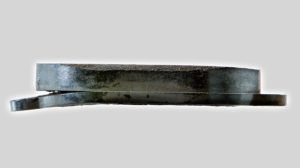
A frequency above 5,000Hz is a ‘squeak’, which can be caused by several factors, the most common of which is vibration within the friction material during application to the brake disc. Finally, a frequency above 12,000Hz is known as ultrasound, which is greater than the upper limit of human hearing.
How to solve brake noise
Look closely at the symptoms and what could be causing these, as understanding the problem provides a valuable head start towards finding a solution. An extensive list of symptoms can be found at www.ferodo.com, but we can learn a lot from careful disassembly and analysis. For instance, tapered pads could be a sign of a distorted or sticking caliper, while uneven pad wear can be a clue that brake discs are worn irregularly.
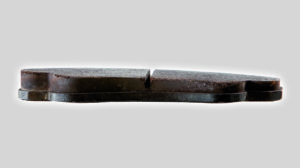
Damage to areas such as the back plate hints at incorrect assembly, while piston damage suggests that it’s not fully retracting, possibly due to heavy brake use, which can lead to overheating and damage to other components.
How to avoid brake noise
Preventative maintenance is the easiest and most cost-effective way of avoiding excessive brake noise – look after your brakes and they’ll take care of your life. One of the simplest ways of avoiding issues is by making sure brake pads, discs and calipers are correctly assembled and within OE tolerances.
Also ensure that OE-quality components are fitted to guarantee optimal performance and maximum durability. Companies, such as Ferodo, invest huge sums in R&D, the latest facilities and an extensive support infrastructure with the aim of making mechanics’ lives easier and drivers safer.

